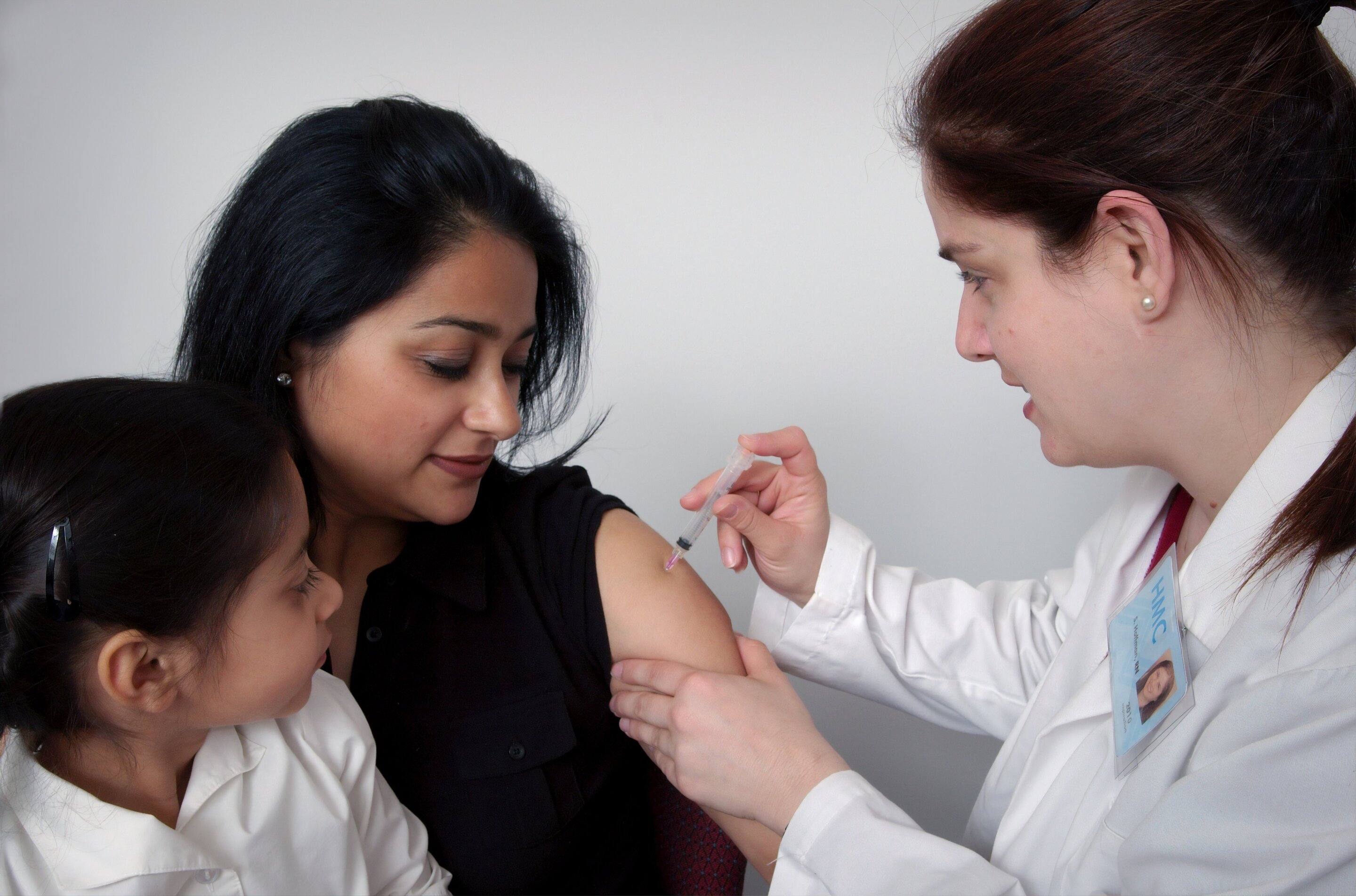#Prostate cancer screening is no longer automatic. That’s turned out to be a sensible change

“#Prostate cancer screening is no longer automatic. That’s turned out to be a sensible change”

When an influential federal advisory panel recommended in 2012 that doctors omit prostate cancer screening from routine health care for all men, it set off a firestorm, with urologists predicting an unconscionable death toll from the disease.
“Failing to detect cancer early will create a public health catastrophe in five to 10 years,” declared the president of the Large Urology Group Practice Association.
Now, eight years after the U.S. Preventive Services Task Force shook things up, it’s clear that the dire warnings were overblown—and that the task force went overboard.
The prostate cancer death rate has actually declined slightly since 2012, even though more men are now being diagnosed at later stages of the disease, federal data show. The practice of checking men’s blood for too much PSA (prostate-specific antigen) has declined, but certainly not disappeared. The imperfect indicator is being used more selectively and judiciously after doctors discuss the pros and cons with their patients. This so-called “shared decision making” was endorsed by the USPSTF when it updated the guidelines in 2018.
“Historically, health care professionals have not done a good job at having these discussions with men about screening, or their options if they are diagnosed with prostate cancer,” Robert A. Smith, the American Cancer Society’s vice president of cancer screening, wrote in August in an opinion piece. “Thus, a recommendation for shared-decision making vs. a direct recommendation for screening has been sensible and prudent.”
There is now a consensus that, while big screening studies suggest a small decrease in the risk of death from the cancer, early detection is not always better. As the USPSTF pointed out, many prostate tumors are so innocuous that treatment is overkill, and treatment risks—sexual dysfunction or incontinence, or both—can permanently affect a man’s quality of life.
More and more men with early-stage disease are avoiding or at least delaying treatment in favor of intensive monitoring, studies show. Proponents of “active surveillance” hope a new prostate imaging technology, called micro-ultrasound, will make monitoring easier and cheaper, and reduce the need for invasive biopsies of the prostate gland.
“Critics still say this is terrible that you’re not diagnosing some men” until their cancer is incurable, said Alexander Kutikov, a urological oncologist at Fox Chase Cancer Center. “But the upside is that men whose lives would be derailed by unnecessary treatment are being spared.”
Kutikov also noted that even with early diagnosis and treatment, a ferocious cancer can recur and kill. A graphic published by the USPSTF in 2018 to help men understand the trade-offs showed that for every 1,000 men screened with the PSA test, one would avoid death due to prostate cancer, and five would die of it despite undergoing surgery or radiation therapy.
Federal data clearly show that PSA screening has fallen off. In 2008, almost half of a representative sample of men aged 55 to 69 reported a PSA test within the past year. In 2018, only 39% did so.
Last month, the U.S. Centers for Disease Control and Prevention published an update on prostate cancer incidence and survival by stage at diagnosis. Just as urologists forewarned, there are fewer men being diagnosed overall, but more of them have cancer that has spread to distant organs and can’t be cured.
Specifically, between 2003 and 2017, the number of prostate cancer cases per 100,000 men fell from 155 to 105. At the same time, early-stage cancers (confined to the prostate) decreased from 78% to 70% of new diagnoses, and advanced metastatic cancers increased from 4% to 8% of diagnoses.
But this trend toward later diagnosis cannot be linked solely to the controversial 2012 recommendation against screening. It “began in 2011 or earlier,” the CDC researchers wrote.
What’s more, the outlook has improved, reflecting better treatments. CDC data show the five-year survival rate for men with advanced cancer rose from about 29% in the early 2000s to 32% a decade later. Over the past two decades, the prostate cancer death rate has steadily fallen and then leveled off. In 2017, the number of deaths per 100,000 men was 18.9, down from 19.6 the year of the USPSTF’s wake-up call.
Guidelines from other groups now echo the message that screening should not be a reflexive, one-size-fits-all exercise. The American Urological Association recommends against routine PSA testing for men before age 40 or after age 70, men of any age with a life expectancy of less than a decade, or average-risk men ages 40 to 54. It also says men ages 55 to 69 and younger men whose race or family history raises their cancer risk should go through shared decision making with their doctors.
Kutikov said the goal is to avoid diagnosing the cancer “minnows” while catching the “sharks” early. “Wiser approaches to screening—for example, only screening men who are likely to benefit—are key.”
One PSA screening dilemma hasn’t changed much: When an elevated PSA level leads to a diagnosis of an early, barely-detectable malignancy in an average-risk man, doctors can’t reliably predict whether the cancer will become a “shark.”
That’s a big reason active surveillance has caught on. One recent study, which analyzed the records of more than 50,000 men, found that in 2015, more than a third of men under age 55 chose the conservative approach, a fourfold increase over just five years. Among older men, 44% opted for it, a threefold increase over five years.
Monitoring to see if the cancer is progressing and needs treatment is not simple or stress-free. Patients get a PSA test every six months and an annual digital rectal exam. At least once every two to five years, they have a lab analysis of numerous prostate tissue samples—obtained by sticking a long needle into the walnut-sized gland. Traditionally, the biopsy specimens are taken randomly, which means a cluster of cancer cells may evade the sampling.
The use of MRI to create images of the prostate has enabled doctors to target the needle to suspicious areas, or even postpone a surveillance biopsy if the images seem reassuring.
“But MRIs are challenging,” Kutikov said.
Besides being costly and not available in every hospital, MRI imaging must be interpreted by a specially-trained radiologist, and common patient conditions such as an enlarged prostate can stymie accurate interpretation.
Kutikov is among those who see micro-ultrasound as a possible solution. The imaging technology—which is higher resolution than fetal ultrasound—is still experimental in the world of prostate cancer. But unlike with MRI, urologists can learn to interpret ultrasound imaging, and it can be used in real time during a needle biopsy to precisely target abnormalities.
“It is remarkable when you start doing this. You see ductal anatomy—these virtually microscopic ducts in the prostate,” Laurence Klotz, a uro-oncologist at Sunnybrook Health Sciences Centre in Toronto, said last year during a talk on the innovation.
Klotz and his colleagues are at the forefront of studying the use of micro-ultrasound in diagnosis and active surveillance. Although more data is needed, the new approach “is an inexpensive, accessible, and convenient alternative” to MRI, Klotz wrote in a recent review article.
Follow the latest news on the coronavirus (COVID-19) outbreak
©2020 The Philadelphia Inquirer, LLC.
Distributed by Tribune Content Agency, LLC.
Citation:
Prostate cancer screening is no longer automatic. That’s turned out to be a sensible change (2020, December 9)
retrieved 9 December 2020
from https://medicalxpress.com/news/2020-12-prostate-cancer-screening-longer-automatic.html
This document is subject to copyright. Apart from any fair dealing for the purpose of private study or research, no
part may be reproduced without the written permission. The content is provided for information purposes only.
If you liked the article, do not forget to share it with your friends. Follow us on Google News too, click on the star and choose us from your favorites.
For forums sites go to Forum.BuradaBiliyorum.Com
If you want to read more Like this articles, you can visit our Science category.



